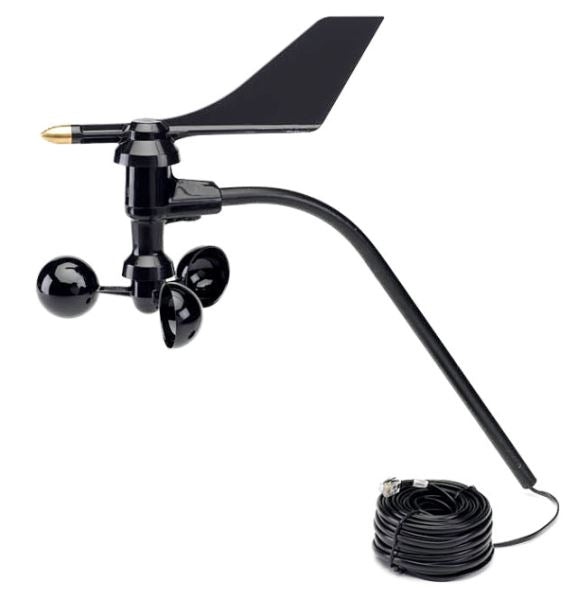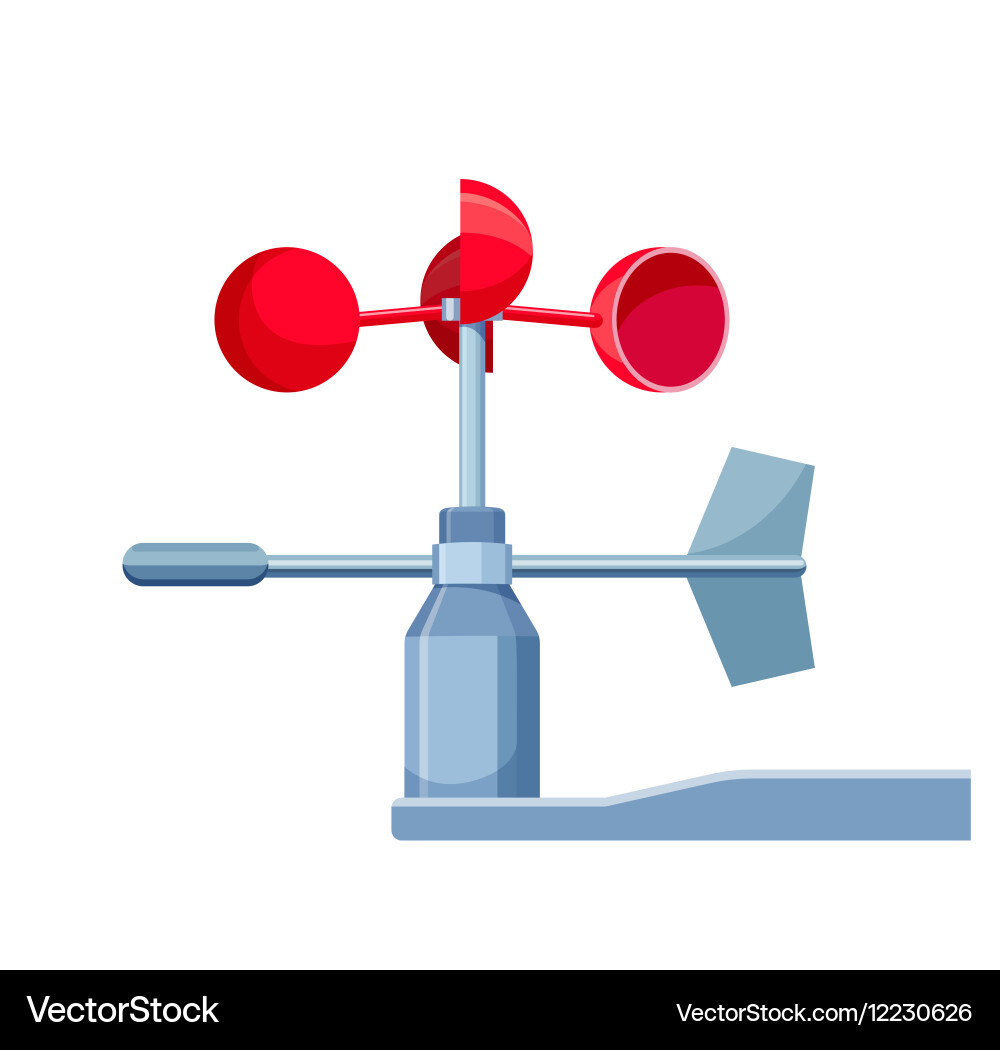Expert Tips for Calibrating Your Anemometer for Optimal Performance
Expert Tips for Calibrating Your Anemometer for Optimal Performance
Blog Article
Discovering the Features and Advantages of Anemometers for Weather Condition Lovers and Experts
Anemometers stand as crucial devices in the world of weather condition tracking, dealing with both lovers and experienced experts alike. These gadgets offer a home window into the dynamic globe of wind patterns and rates, providing vital data for meteorological analysis and projecting. From mug anemometers to sonic anemometers, each type brings its one-of-a-kind set of applications and advantages, clarifying numerous elements of weather. As we delve into the functions and benefits of anemometers, a much deeper understanding arises not only of dominating climate sensations but additionally of the more comprehensive ramifications for industries like wind energy manufacturing and environmental study.
Importance of Anemometers in Climate Monitoring
Anemometers play an important duty in climate monitoring by offering precise dimensions of wind rate, assisting in projecting and understanding weather patterns. These instruments, ranging from conventional cup anemometers to contemporary ultrasonic anemometers, are necessary for meteorologists, scientists, and climate fanatics alike.

Sorts Of Anemometers and Their Applications
With the critical duty anemometers play in weather condition tracking and forecasting, understanding the different kinds of these tools and their applications becomes vital for professionals and fanatics in the area. The most typical sorts of anemometers include cup anemometers, vane anemometers, hot-wire anemometers, and ultrasonic anemometers. Mug anemometers contain 3 or four cups placed on straight arms that revolve with the wind, gauging its rate. Vane anemometers, on the various other hand, use an openly turning vane to align with the wind instructions, providing both wind rate and instructions measurements. Hot-wire anemometers operate based on the concept of convective warm transfer, where the cooling impact of the air circulation is gauged to figure out wind rate. Ultrasonic anemometers utilize ultrasonic noise waves to compute wind rate and direction properly.
Each kind of anemometer has its special benefits and applications. Cup anemometers are durable and ideal for basic weather condition tracking, while vane anemometers are favored for directional dimensions. Hot-wire anemometers are sensitive to reduced air rates, making them perfect for interior environments. Ultrasonic anemometers are non-intrusive and provide high precision, often utilized in research and specialized climate tracking applications. Recognizing the qualities and applications of each kind of anemometer is critical for selecting the most appropriate tool for specific weather keeping track of requirements.
Benefits of Using Anemometers in Projecting
In weather forecasting, the application of anemometers supplies invaluable advantages for improving the precision of weather condition projecting. Anemometers gauge wind rate and instructions, giving crucial information for forecasting weather condition patterns. By incorporating wind information into forecasting models, meteorologists can better recognize the activity of weather condition systems, prepare for changes in climatic problems, and concern more exact forecasts.
Furthermore, anemometers play an essential duty in analyzing potential weather threats. Keeping track of wind rates assists forecasters forecast extreme climate occasions such as cyclones, tornadoes, and winter season storms with greater precision. website here This early warning system enables authorities to provide timely notifies and apply essential security measures, lowering the risks to life and property.
Furthermore, anemometers aid in maximizing sustainable energy manufacturing. By assessing wind patterns, meteorologists can identify suitable areas for wind ranches and predict energy result, contributing to the reliable generation of wind power.

Anemometers in Wind Energy Manufacturing
Given the vital role anemometers play in giving accurate wind data for weather condition projecting and hazard assessment, their importance reaches the realm of wind energy production. Anemometers are essential tools in the area of wind power, where the dimension of wind rate and instructions is essential for figuring out the feasibility and efficiency of wind turbine installations. By precisely determining wind speeds at differing heights, anemometers aid maximize the positioning and layout of wind turbines to take full advantage of energy outcome.
In wind farms, anemometers are strategically placed to collect real-time wind data that is made use of to assess the potential power manufacturing of a website. This data contributes in establishing the economic viability of wind power jobs and in forecasting power generation to make certain grid security. Additionally, anemometers aid in keeping an eye on wind conditions to optimize turbine efficiency, protect against damages from high winds, and make sure the security of personnel operating in the location of wind turbines.
Enhancing Weather Understanding With Anemometers

Anemometers play a Learn More Here crucial function in improving our understanding of microclimates. These localized climate condition can vary dramatically from wider regional forecasts, making it important to have accurate information for details locations. anemometer. By tactically positioning anemometers in numerous places, scientists can gather comprehensive info on exactly how wind behaves in different surfaces, metropolitan atmospheres, or bodies of water
Furthermore, anemometers add to enhancing weather projecting designs by providing real-time information on wind habits. This information is particularly beneficial for anticipating severe weather occasions, enhancing agricultural techniques, and supporting industries like aviation and maritime navigating. On the whole, anemometers are vital instruments that allow us to delve much deeper into the intricacies of weather condition systems, ultimately bring about more better-informed decisions and exact predictions.
Verdict
In verdict, anemometers play a vital role in weather condition surveillance and forecasting by determining wind speed and direction. Anemometers additionally have applications in wind power production, further highlighting find out here their relevance in both weather forecasting and eco-friendly energy industries.
From mug anemometers to sonic anemometers, each kind brings its one-of-a-kind collection of applications and advantages, dropping light on various facets of climatic problems. These tools, varying from conventional cup anemometers to contemporary ultrasonic anemometers, are essential for meteorologists, researchers, and weather enthusiasts alike. The most typical types of anemometers include mug anemometers, vane anemometers, hot-wire anemometers, and ultrasonic anemometers. Mug anemometers are ideal and durable for basic climate surveillance, while vane anemometers are preferred for directional dimensions. Anemometers are crucial tools in the area of wind power, where the dimension of wind rate and instructions is vital for determining the usefulness and performance of wind turbine installations.
Report this page